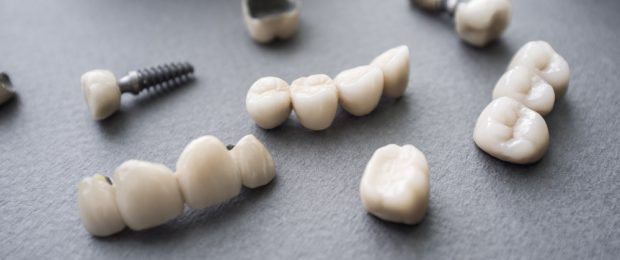Why Would You Need an Implant Dentist?
An implant dentist specializes in surgically placing dental implants into strong, healthy jawbone. Dental implants can be paired with dental crowns, bridges, or dentures to restore gaps left by missing teeth. Just as you would want a cosmetic dentist to carry out cosmetic treatment, or a pediatric dentist to administer care for a child, you…
Continue reading »
